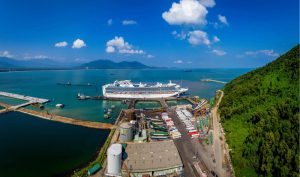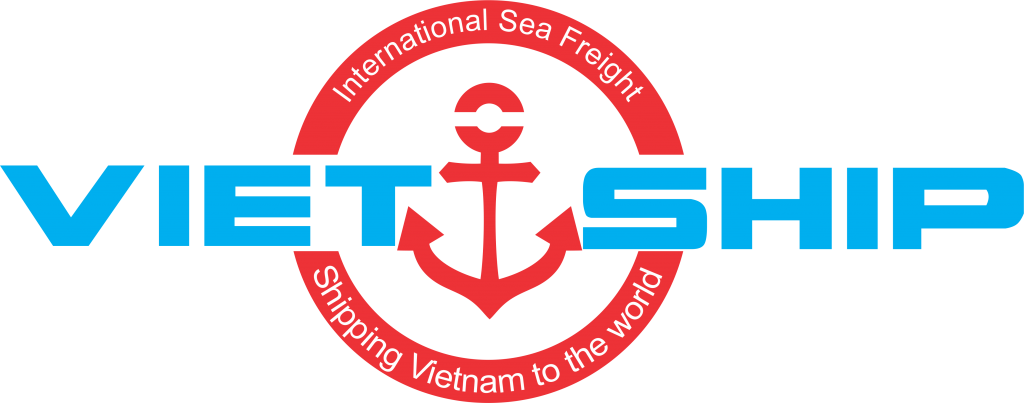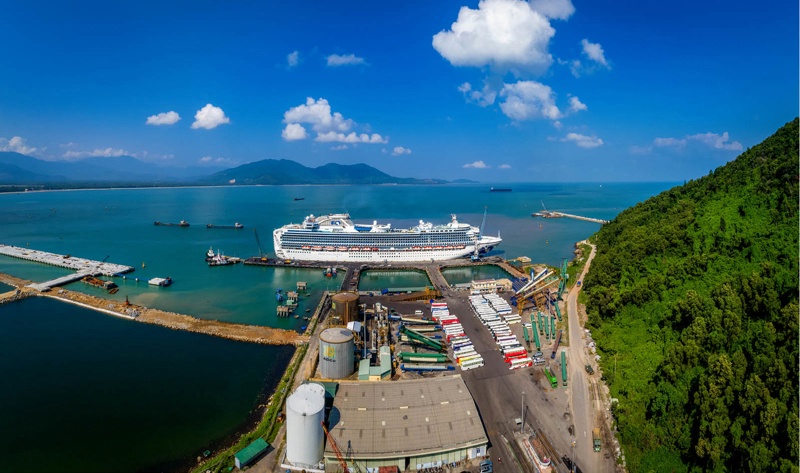Hue Seaport Development Plan (2021–2030) with Vision to 2050
Hue is positioning itself as a strategic gateway for maritime logistics in Central Vietnam. A detailed development plan for the Hue seaport area, spanning land and water infrastructure, has been set out for the 2021–2030 period, with a long-term vision to 2050. This plan sets the stage for modern seaport operations, sustainable growth, and stronger international connectivity.

1. Overview of the Planning Area
The development focuses on three main seaport zones:
-
Chan May Port
-
Thuan An Port
-
Phong Dien Area
These zones will be enhanced to serve cargo handling, passenger transportation, and provide anchorage for ships during storms. The plan targets:
-
13.6 to 20.3 million tons of cargo per year
-
276,000 to 285,000 passengers annually
-
19 to 25 berths, totaling up to 6,125 meters in length
The project also includes cargo yards, maritime service areas, and multimodal logistics support zones.
2. Governance and Supervision
To ensure smooth implementation, authorities will:
-
Announce and enforce planning regulations across all related departments
-
Review and approve infrastructure projects, including new wharves and service roads
-
Monitor construction and investment timelines
-
Recommend improvements to port-related legislation and procedures
-
Guide provincial coordination for port-linked land use and zoning
3. Integration with Local Development
Hue’s local authorities play a key role in:
-
Aligning the port plan with urban and provincial development strategies
-
Securing land for access roads, logistics services, and port expansion
-
Managing environmental protection and public safety in surrounding areas
-
Overseeing the relocation of outdated facilities and optimizing port land use
-
Coordinating road, rail, and inland waterway connections to enhance cargo flow
4. Environmental and Safety Measures
Dedicated dredging areas and disposal zones will be planned to support maritime access while ensuring minimal environmental disruption. Storm-shelter zones for vessels will be established to improve safety during typhoon seasons, helping protect infrastructure and reduce delays in maritime traffic.
5. Long-Term Vision to 2050
The future vision for Hue Seaport includes:
-
Expanding cargo handling capacity through modernized facilities
-
Integrating with national and international transport networks
-
Promoting green port technologies to support sustainable development
-
Encouraging private investment under a clear legal and regulatory framework
-
Strengthening resilience to climate change and natural disasters
6. Strategic Importance
This development plan is expected to:
-
Boost Hue’s role as a logistics and trade hub in Central Vietnam
-
Attract investment into port infrastructure and supporting industries
-
Improve regional supply chain connectivity, especially with Laos and Thailand
-
Reduce logistics costs for local exporters
-
Support tourism by upgrading passenger terminals and cruise ship capacity
Conclusion
The Hue seaport development plan is not just about port expansion—it’s a comprehensive blueprint for transforming the region’s logistics ecosystem. With a focus on integration, sustainability, and long-term growth, Hue is on track to become a key node in Vietnam’s maritime future.
Read more:
Dịch Vụ Làm Kiểm Dịch Thực Vật
Dịch vụ vận chuyển linh kiện điện tử đi Ấn Độ

